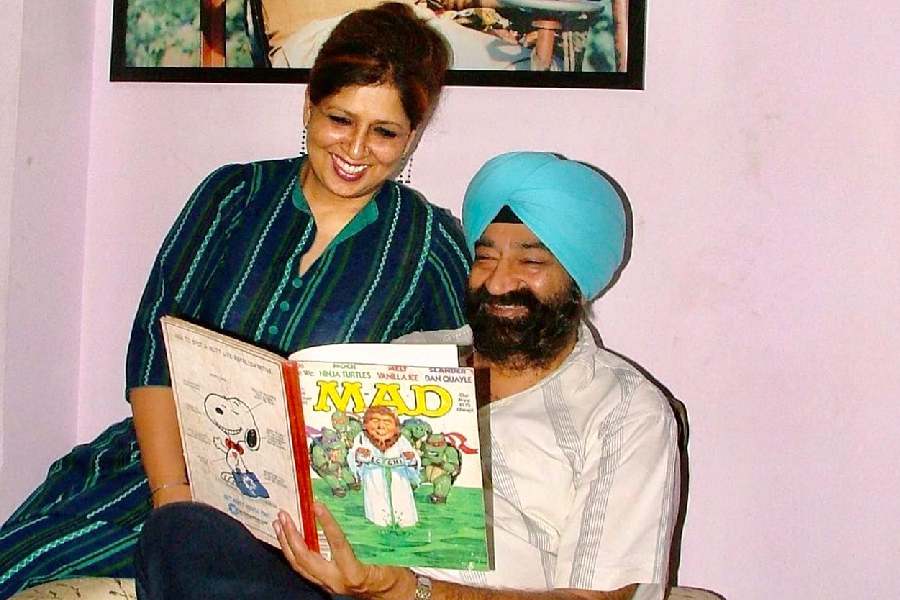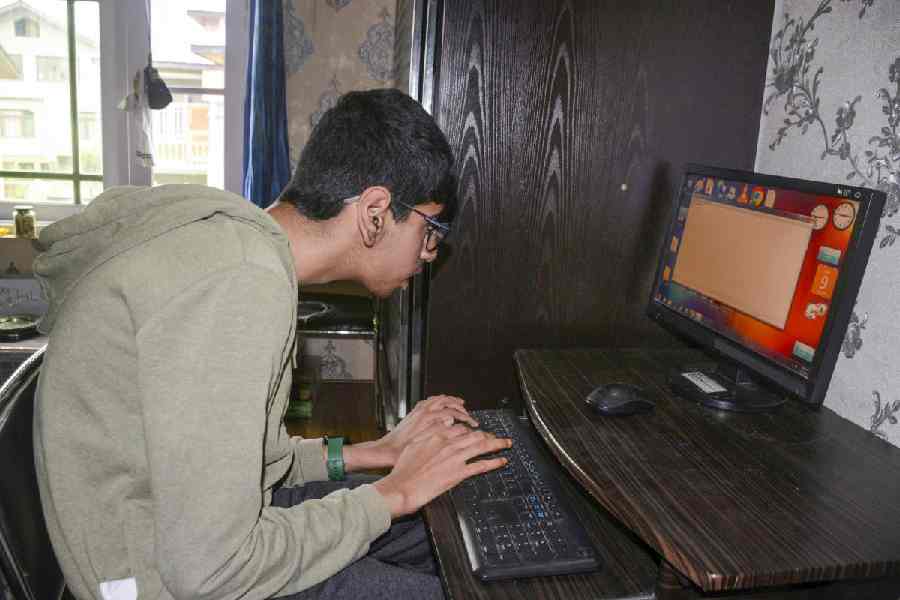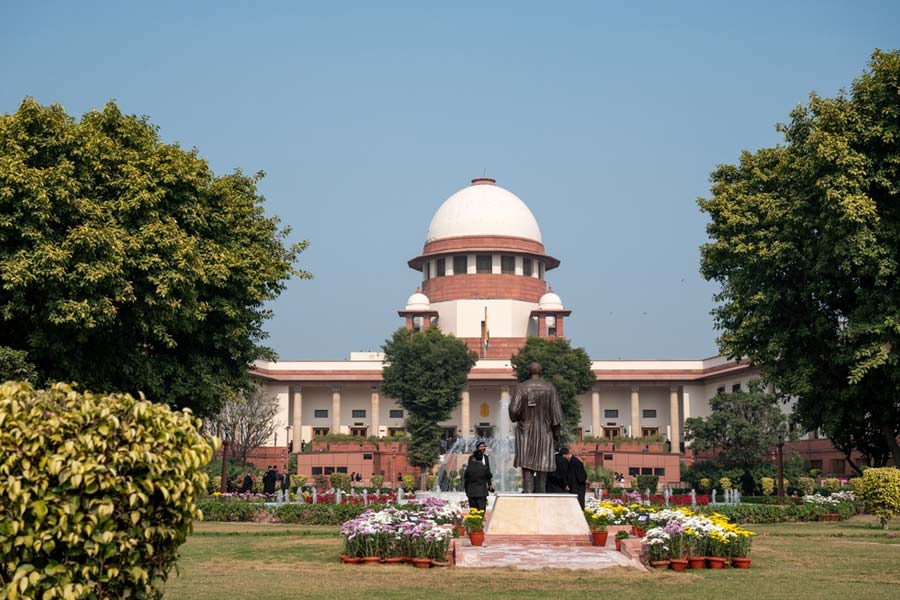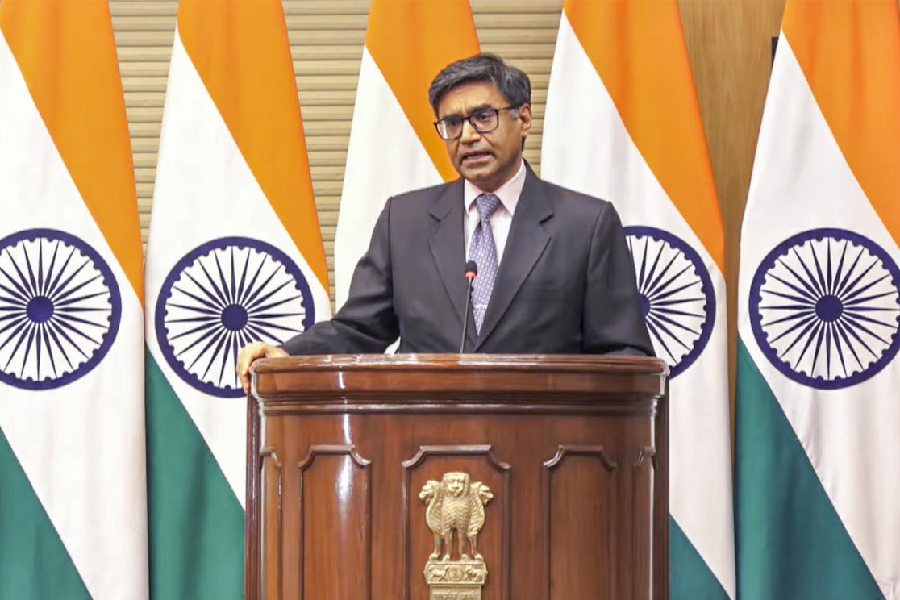 |
Paris/Zurich April 4 (Reuters): The world’s two largest cement makers, Lafarge and Holcim, are in advanced talks to merge into a company with a stock market value of over $50 billion in what would be the industry’s biggest ever tie-up.
The discussions, which are likely to draw close scrutiny from European competition watchdogs, are “based on principles consistent with a merger of equals”, Paris-listed Lafarge said in a statement on Friday.
The company said no agreement had yet been reached with Switzerland’s Holcim and that there was no guarantee of a deal, but said there was a “strong complementarity” and “cultural proximity” between the two.
Shares in Lafarge rose 8.9 per cent to more than a four-year high, the top gainer on the French blue-chip CAC 40 index. The Holcim stock rose 6.9 per cent to a near four-year high.
Such a merger would be Europe’s biggest tie-up this year, Thomson Reuters data show, based on the cost to acquire the target and assuming that Lafarge, with the smaller market value, is the target company.
A deal would allow Lafarge and Holcim to slash costs, trim debt and reduce world-wide over capacity that has weighed on the market in recent years. But any deal is likely to draw scrutiny from European competition watchdogs as a Lafarge-Holcim entity, with combined sales of around $43 billion, would have a dominant position in both Europe and the United States.
“I think this will be a story that develops over a year or more,” said Morningstar analyst Elizabeth Collins, adding that antitrust regulators would likely require the companies to shed cement plants and distribution facilities before approving any merger.
Both companies have significant and overlapping capacity in countries such as France, Germany, Spain, Czech Republic, Romania and Serbia, she said.
In India, Holcim operates through its two major subsidiaries, Ambuja Cement and ACC, which have combined annual cement production capacity of 45 million tonnes. Both companies are among the major Indian cement manufacturers.
However, unlike Holcim, Lafarge has a small presence in India with four cement plants having a total production capacity of 8 million tonnes. The company had entered India in 1999.
Shares across the global cement sector rose on the news, on anticipation that Lafarge and Holcim may have to divest assets that could boost smaller players.
Shares in Germany's HeidelbergCement closed up 4.3 per cent, the leading gainers on the DAX top-30 index. Shares in Ireland’s CRH and Italy’s Buzzi Unichem and Italcementi also rose.
Shares in Mexico’s Cemex, also one of the world’s biggest cement companies, were up 3.8 per cent in Mexico City.
Trimming debt
“It’s good for the market. Things are boiling up on the M&A front, not only in the telecoms sector but also in the construction sector,” said Clairinvest fund manager Ion-Marc Valahu. “There’s overcapacity and they need to consolidate their balance sheets.”
For Lafarge, a merger would make a lot of sense at a time both companies are striving to trim debt resulting from major acquisitions in the past decade.
Lafarge bought Egypt’s Orascom Cement for 8.8 billion euros ($12 billion) in 2008, while Holcim paid about $3.4 billion for Aggregate Industries in 2005.
Lafarge’s debt pile has led to “junk” ratings from credit rating agencies Standard & Poor’s and Moody’s.
The company has been slashing costs and selling non-core assets to trim debt, and aims to regain an investment grade by the end of this year.
Natixis analyst Abdelkader Benchiha estimates a deal would help Lafarge nearly halve its fixed and variable costs. Holcim has a better credit rating than Lafarge and the group could benefit from lower borrowing costs, he said.
“On a geographical and industrial point of view, a merger would be meaningful,” he said.
Lafarge is strong in Africa and West Asia, where Holcim is almost absent, he said. On the other hand, Holcim was strong in Latin America, where Lafarge was not established.










